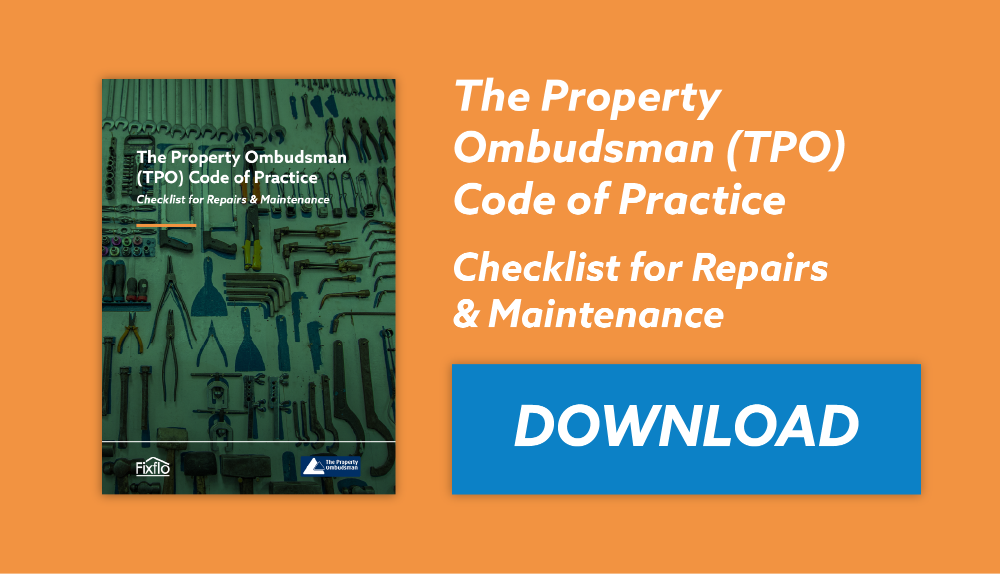How to Make Your Rental Property Wheelchair Accessible
In 2018 the Equalities and Human Rights Commission found that 93% of homes in the UK were not wheelchair accessible. As a result, 365,000+ disabled people currently live in buildings that are not suitable for their needs.
This accessible housing crisis presents an opportunity for landlords and letting agents who are struggling to find occupiers for their properties. Making your buy-to-let home wheelchair accessible opens it up to a whole new market where demand is currently not reciprocated by supply.
Although it can take a fair bit of time and money to make a property wheelchair accessible, there are ways to acquire funding for the required work, and the extra effort could pay off.
Here is a quick guide on how to make your property wheelchair accessible.
Making Property Accessible From the Outside
The two main barriers to a building being wheelchair accessible from the outside are steps leading up to the door, and the door itself being too narrow for a chair to go through.
Steps leading up to the front door of the house need to be replaced by a ramp. Stairs inside the property either need to be flattened, or a chairlift needs to be installed.
For a door to comfortably fit a person in a wheelchair through it, it needs to be 900mm wide at the very least. Most doors are currently fitted at 762mm, so these need to be widened, along with every other door in the property.
Making Bathrooms, Bedrooms and Kitchens Accessible
For a whole home to be wheelchair accessible, every room requires at least 1500mm of circulation space for ease of turning.
Working countertop surfaces in kitchens and bathrooms need to be lowered to a maximum height of 500 mm in order to make them usable while seated, while appliance sockets need to be raised to a similar height. Some light switches may also have to be lowered to ensure that they can still be pressed while seated.
Showers and toilets need to be fitted with rails, while storage space in bedrooms and kitchens need to be lowered to ground level. Kitchen drawers and cabinets may have to be wider than usual in order to make up for the space lost by having everything lowered.
Wheelchair-friendly Flooring
When flooring a property that may be occupied by wheelchair users, you need to consider both how easily the wheels can run on the flooring, and how durable the flooring will be to wear from wheels.
Most types of carpeting would not be suitable as wheels can get stuck in the carpet. Therefore, any carpeted flooring will need to be removed. Below is a table of the suitability of different types of flooring. These types of flooring are not only durable to wear and scratches but also provide a smooth surface that does not cause too much friction when wheels run across them.
|
Type of Flooring |
Kitchen |
Bedroom |
Living Room |
Bathroom |
|
Vinyl |
✔ |
✔ |
✔ |
|
|
Ceramic |
✔ |
✔ |
✔ |
|
|
Hardwood |
✔ |
✔ |
✔ |
|
|
Porcelain |
✔ |
Getting Funding to Making Reasonable Adjustments to a Property
In an attempt to alleviate the shortage of accessible homes for disabled people, the government provides grants for landlords to make reasonable adjustments to their property in order to make it accessible for disabled occupiers.
If such work is to cost under £1,000, such as the adding of rails to bathrooms, then these can usually be paid for by the local council without too many questions being asked. You just need to make an application with your local council before the work commences.
For more substantial work costing between £1,000 and £30,000, you will need to apply for a grant from the Disabled Facilities Grant (DFG). These grants are for landlords who have a disability, have formally entered into a tenancy agreement with a disabled person or whose property is currently occupied by a disabled person.
To apply for a grant from the DFG a landlord and occupier need to have a written agreement that an occupier intends to reside in the property for at least five years following the works.
If you own an HMO or a block of buildings you can apply to have the DFG cover work done of the common areas of your building so long as you can prove that it will benefit occupiers who occupy some part of the building.
Conclusion
If you are a landlord who is struggling to find tenants, making your property wheelchair accessible could be a way to make it more competitive in the rental market. There is a massive shortage of wheelchair-accessible housing in the UK at the moment, so the demand for these types of properties is huge. Making adjustments to a building can be expensive, but there are grants available under certain conditions.
For more news and tips about rental properties, why not download our FREE Checklist for Repairs & Maintenance based on changes made to The Property Ombudsman's Code of Practice?
BLOG DISCLAIMER
This article is intended for information purposes only and does not constitute legal advice. If you have any questions related to issues in this article, we strongly advise contacting a legal professional.
These blog posts are the work of Fixflo and are licensed under a Creative Commons Attribution-ShareAlike 3.0 Unported License. In summary, you are welcome to re-publish any of these blog posts but are asked to attribute Fixflo with an appropriate link to www.fixflo.com. Access to this blog is allowed only subject to the acceptance of these terms.

